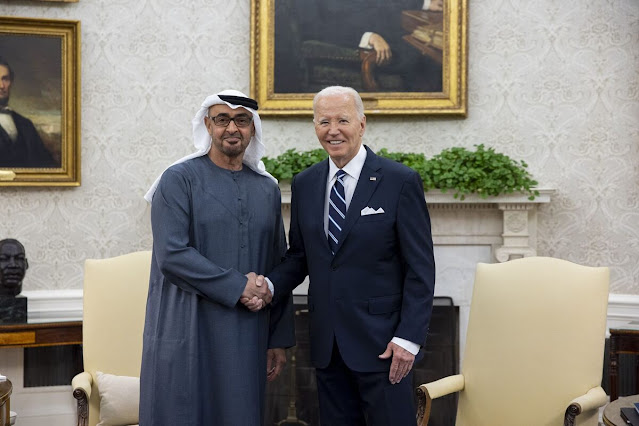South America: A Battleground Between China and the United States
The Geopolitical Struggle for Influence in the Region
As the global balance of power shifts, South America has emerged as a significant arena in the escalating rivalry between China and the United States. Both nations are vying for influence over the continent, which is rich in natural resources and strategic trade routes. This competition is characterized by economic partnerships, political maneuvering, and military presence, reflecting broader global tensions that could reshape the geopolitical landscape.
The relationship between China and the United States has evolved dramatically over the past few decades, transitioning from cooperation to competition. Historically, the U.S. has been the dominant power in South America, leveraging its economic and military might to influence regional politics. However, in recent years, China has made significant inroads, investing heavily in infrastructure projects and establishing trade agreements that challenge U.S. supremacy.
Economic Investments and Trade Relations
China's strategy in South America has primarily focused on economic investments. The Belt and Road Initiative (BRI) has facilitated numerous infrastructure projects across the continent, enhancing connectivity and trade. Chinese companies have invested in sectors such as mining, energy, and agriculture, providing much-needed capital for development. For instance, China's investments in Brazil's agriculture and mining sectors have positioned it as a key player in the region's economy.
In contrast, the United States has historically relied on trade agreements and military partnerships to maintain its influence. The U.S. has been a major trading partner for many South American countries, exporting goods and services while importing valuable resources. However, the recent shift towards protectionism and trade wars has strained these relationships, prompting some countries to seek alternatives, including closer ties with China.
Political Maneuvering and Diplomatic Relations
The geopolitical rivalry has also manifested in political maneuvering. The U.S. has often supported governments that align with its interests, while China has cultivated relationships with a broader range of political regimes, including those that are often at odds with Washington. This approach has allowed China to gain favor with leftist governments in countries like Venezuela and Bolivia, which view U.S. influence with skepticism.
Moreover, the U.S. has accused China of engaging in "debt-trap diplomacy," where countries are lured into unsustainable debt through infrastructure loans, ultimately compromising their sovereignty. This narrative is often used to discredit China's intentions in the region, framing it as a threat to democratic governance.
Military Presence and Security Concerns
The military dimension of this rivalry cannot be overlooked. The U.S. has maintained a significant military presence in South America, conducting joint exercises and training programs with regional allies. In contrast, China's military engagement has been more limited but is gradually increasing through arms sales and military cooperation agreements.
Recent tensions in the South China Sea and Taiwan Strait have also raised concerns about the potential for conflict that could spill over into South America. As both nations bolster their military capabilities, the risk of miscalculation or confrontation grows, prompting regional leaders to navigate this complex landscape carefully.
The Future of South America in a Bipolar World
As the competition between China and the United States intensifies, South America finds itself at a crossroads. The region's leaders must balance their relationships with both powers, seeking to maximize benefits while minimizing risks. The outcome of this geopolitical struggle will not only shape the future of South America but also have far-reaching implications for global stability.
In this context, the challenge for South American countries lies in asserting their sovereignty and pursuing policies that prioritize their national interests. As they navigate the complexities of international relations, the choices made today will define the region's trajectory in the years to come. The ongoing rivalry between China and the United States serves as a reminder of the intricate web of global politics, where alliances and partnerships are constantly in flux.


Comments
Post a Comment